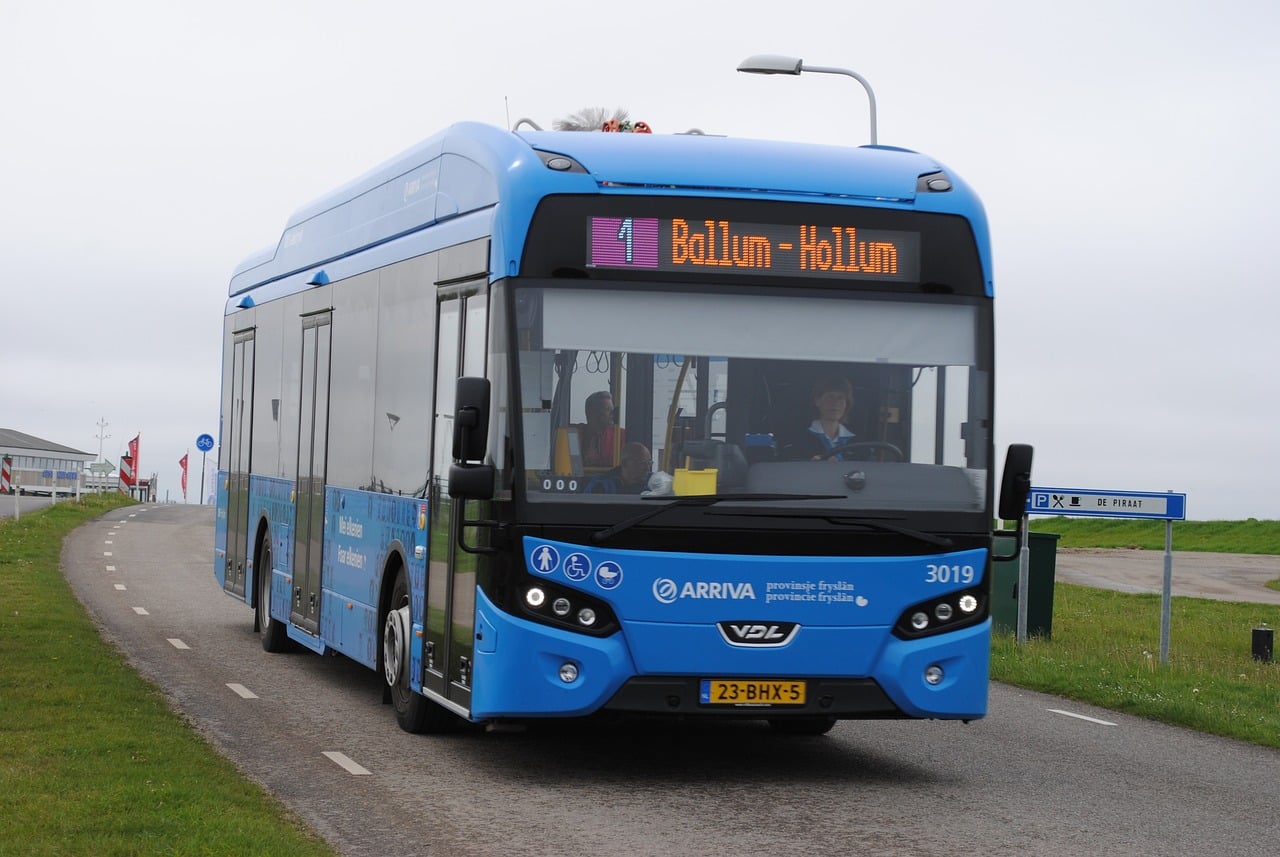Reading past predictions on markets or technology is always fun to review. The goal of a good forecaster is very straightforward: To provide you a future road map on where you are going, and how to get there, based on given information provided.
These early prognosticators who went on a limb with given information to predict where solar, wind power would look like ten, or twenty years down the road.
However, like weather forecasters who have lots of tools at their disposal, but can get a forecast wrong.
Back in the early 2000’s, there was a slew of predictions on what may happen with alternative energies, especially, wind and solar.
Many of these early forecasts were conservative in estimate on where your favorite renewable energy sources would be. Many reports tried to predict how much wind and solar capacity there would be in the future.
Wind energy predictions blew off the rails. Analysts had predicted 30GW of wind would be online ten years later. In 2010, there was just over 197GW in wind capacity. By 2016, global wind energy capacity topped 486.8 GW.
Early 21st solar energy predictions were off base. The US Energy Information Administration in 2000 predicted in 2015, 2.6 billion kilowatt-hours of solar power would be produced in the US. In 2014, the US saw the installation of 29 billion kWh, fifteen times more than initial estimates.
It’s astonishing why these numbers were off, dramatically.
First, decreasing costs for wind and solar energy have made it possible to ramp up capacity thanks to improved technology advancements. Wind power according to The Economist cost around 30 cents/ kilowatt an hour (kWh) in the 1980’s. Today, it’s not uncommon for US wind power to reach as low as two cents/kWh.
Solar prices have fallen dramatically. In 1977 solar power was $76.77 per watt. It’s now possible for solar to reach even $0.50/watt. These low prices seen in renewables makes it more attractive to investors, which allows them to put more money on clean technology, which makes renewable power more attractive to utilities and consumers.
The second reason for these out in left field forecasts is improved renewable energy grid infrastructure Back when these (not so) bold predictions were made, the infrastructure to handle the variations of wind and solar back in the early 2000’s was limited. Smart Grids were barely on the radar. Now fast forward to 2017. The rise of information technology and the Internet has created the backbone for smart grids. Utilities are using now smart grids to integrate renewables into the energy mix, as the Energy Internet now becomes critical infrastructure in 2017.
The third and most important reason is crafting public policy. Governments across the world since 2000 have increasingly supported renewable energy policies, which have created conditions for renewable energy’s rise, thanks to increasing concern and interest over climate change. From the US investment tax credits for wind and solar, feed-in-tariffs in Ontario, Canada, and China investing billions in the clean tech game, without public policy, it’s hard to imagine how far wind and solar energy would be. Climate blogger Dave Roberts in 2012 said public policy was a major factor on why these early renewable energy forecasts were not close.
The future is never easy to predict. Some predictions are right. Some, are well wrong, as we just seen.
However, when reviewing where renewable energy on where it was supposed to go, and where it’s gone, outside factors (government policy, costs, and infrastructure) can determine the outcome of where these forecast go.






